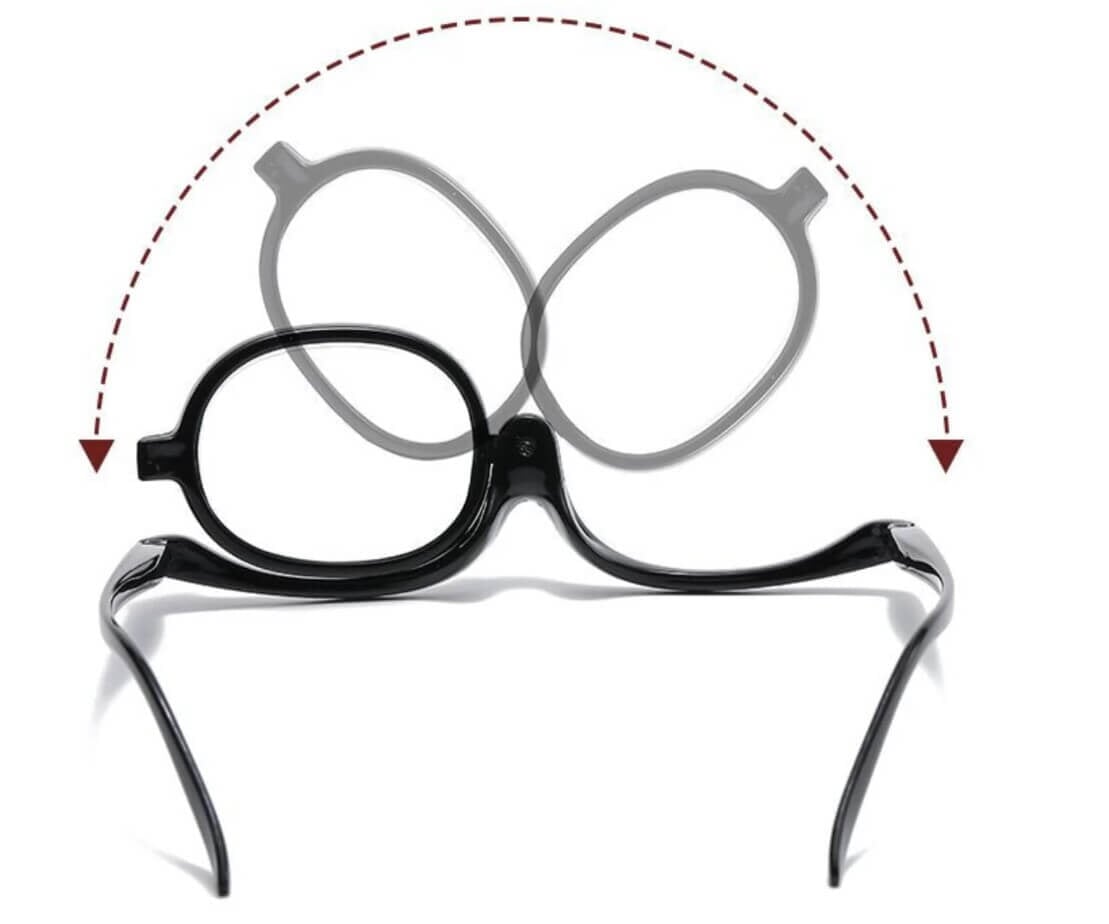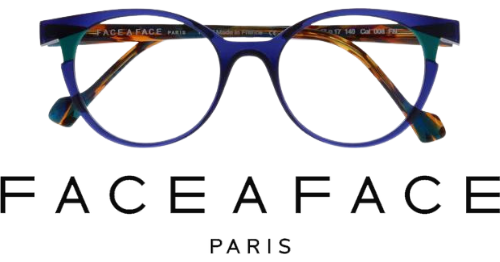When it comes to getting the perfect pair of glasses, accurate measurements are crucial. One of the most important measurements is the Pupillary Distance (PD). However, there are several other measurements, such as the Optical Centre (OC) and height measurements, that play a significant role in ensuring your glasses provide the best possible vision and comfort. In this blog, we’ll explore what PD measurement is, its significance, and how it differs from other essential measurements.
Understanding Pupillary Distance (PD)
Pupillary Distance (PD) is the distance between the centres of your pupils, measured in millimetres. This measurement ensures that the optical centre of each lens aligns with the centre of your pupils, providing optimal vision correction and comfort. An accurate PD measurement is vital for creating glasses that provide the correct focus and prevent eyestrain.
Mono PDs
In some cases, individual measurements for each eye, known as mono PDs, might be necessary. Mono PDs measure the distance from the centre of each pupil to the bridge of the nose. This is particularly important for people with asymmetrical facial features or those requiring high-prescription lenses, as it allows for more precise lens placement.
Optical Centre (OC) Measurement
The Optical Centre (OC) is another critical measurement that differs from PD. The OC is the point on each lens where the prescription’s optical power is precisely centred. This point should align with your line of sight to provide the clearest vision. While PD ensures the lenses are positioned correctly relative to your pupils, the OC measurement ensures the lenses’ optical power is aligned with your eyes’ visual axis.
Why PD Measurement is Not Part of Your Optical Prescription
PD measurement is not typically included in your optical prescription from an eye test because it is a physical measurement of your face rather than a measure of your vision. An eye test primarily focuses on determining the corrective power needed for each lens. PD, OC, and other physical measurements are taken separately to ensure your glasses fit correctly and function optimally.
Height Measurements in Glasses
Height measurements in glasses refer to the vertical placement of the optical centre of the lenses relative to your eyes. These measurements are crucial for multifocal and progressive lenses, where different parts of the lens provide different levels of vision correction. Accurate height measurements ensure that you can easily switch between different viewing zones on the lenses without discomfort or distortion.

Comprehensive Measurements for Custom Glasses
When you order glasses from a professional optician, more measurements are taken into consideration than simply the PD. These can include:
- Frame fit: Taking into consideration the curvature of the lenses required and how the frame fits your face.
- Lens tilt: Adjusting the angle of the lenses for optimal vision.
- Bridge fit: Ensuring the bridge of the glasses fits well on your nose.
- Temple length: Measuring the length of the arms of the glasses for a secure fit.
For individuals with higher prescriptions, these additional measurements are even more critical. High-prescription lenses require precise alignment to prevent distortion, blurriness, and discomfort.
Conclusion
Accurate measurements are essential for creating glasses that provide clear vision and comfort. While PD is a crucial measurement, it is only one part of the equation. Optical Centre (OC) measurements, height measurements, and various other fitting considerations are equally important, especially for those with higher prescriptions. By visiting a professional optician, you can ensure that all necessary measurements are taken into account, resulting in glasses that fit well and function perfectly. For comprehensive eyewear solutions, consider arranging an eyewear consultation with one of Eyediology’s specialists today.



























